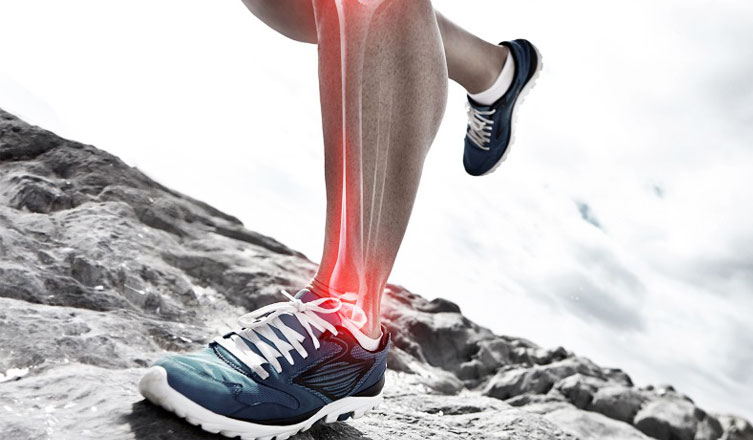Shin Splints also known as medial tibial stress syndrome is the common regular problems related with exercise. The term shin splints refer to the pain along the inner edge of the shin bone or the tibia along with inflammation of the Tendons, muscles and bone tissue around the tibia. This condition generally develops from physical activity and mostly running. Vigorous and strenuous sports activity can develop shin splints, and especially when a fitness program is started. There are simple remedies which can relieve the pain from shin splints. Stretching, proper rest and applying ice always help. The best way to prevent shin splints and the pain is not to overdo the regular routine exercises.

The most common and regular symptom of shin splint is pain along the inner border of the tibia. It may also result in mild swelling. The pain from shin splint may:
Shin splints develop when the bone tissue and the muscle in the leg get overworked due to repetitive activity like exercise. It may also occur when there is a change in physical activity, which includes the change in the frequency like increasing the number of days of work out. Running for longer distances and time can also cause shin splints. There are also some other factors which can lead to shin splints:
The most affected people are those who are runners. Also, military recruits and even dancers are affected with shin splints.
There are various ways of preventing shin splints:
There are various treatments for shin splints which include taking rest, anti-inflammatory medicines, applying ice, muscle exercises and even supportive shoes. But, the most useful treatment today is the Platelet Rich Plasma or PRP Therapy. This therapy includes drawing of blood from the patient’s body and then after treating it with other components is injected into the affected area. PRP is rich in growth factors which help in speedy Recovery and regeneration of the soft tissues which are either damaged or injured due to certain activities. PRP has the ability to replace surgery as well.